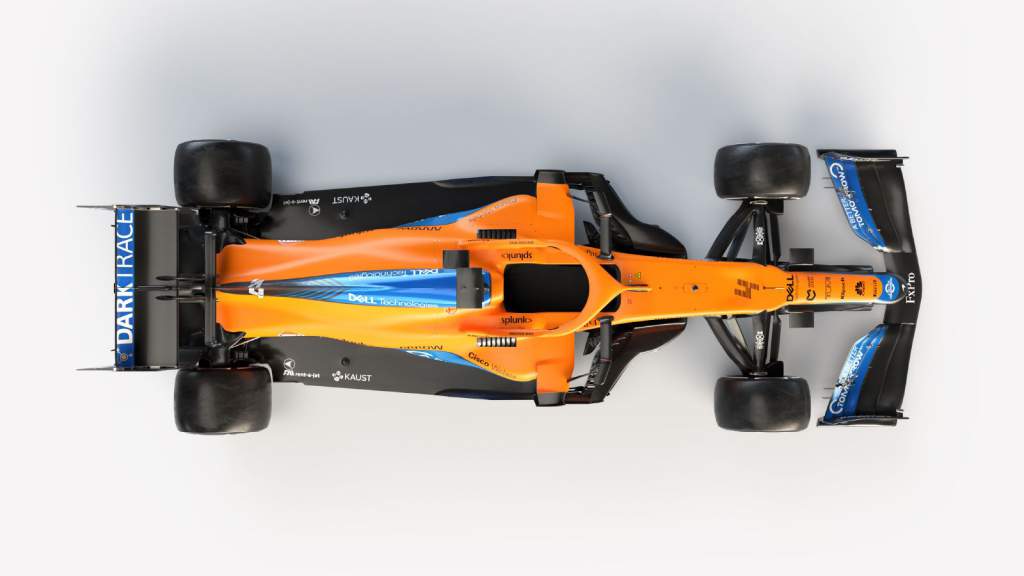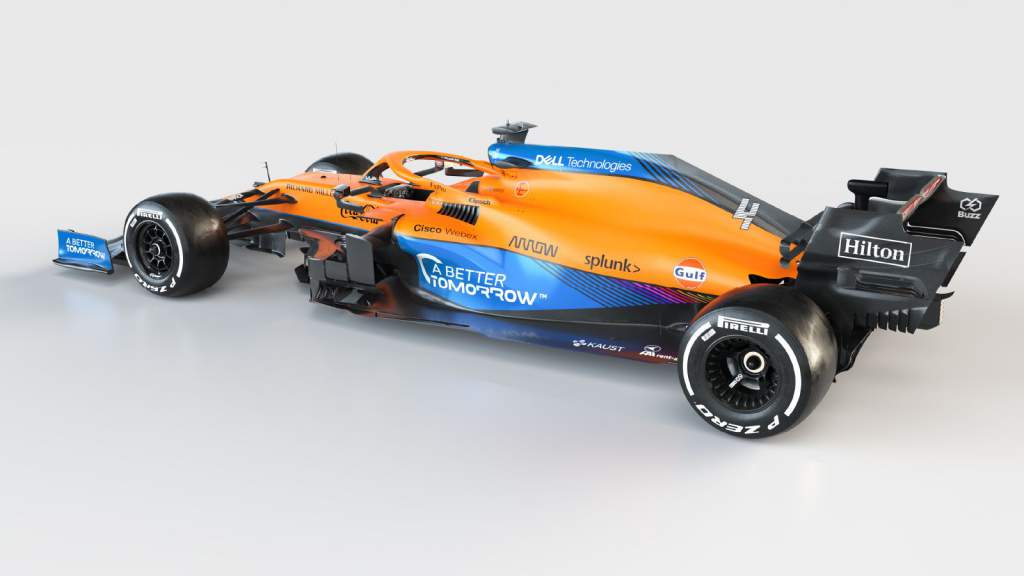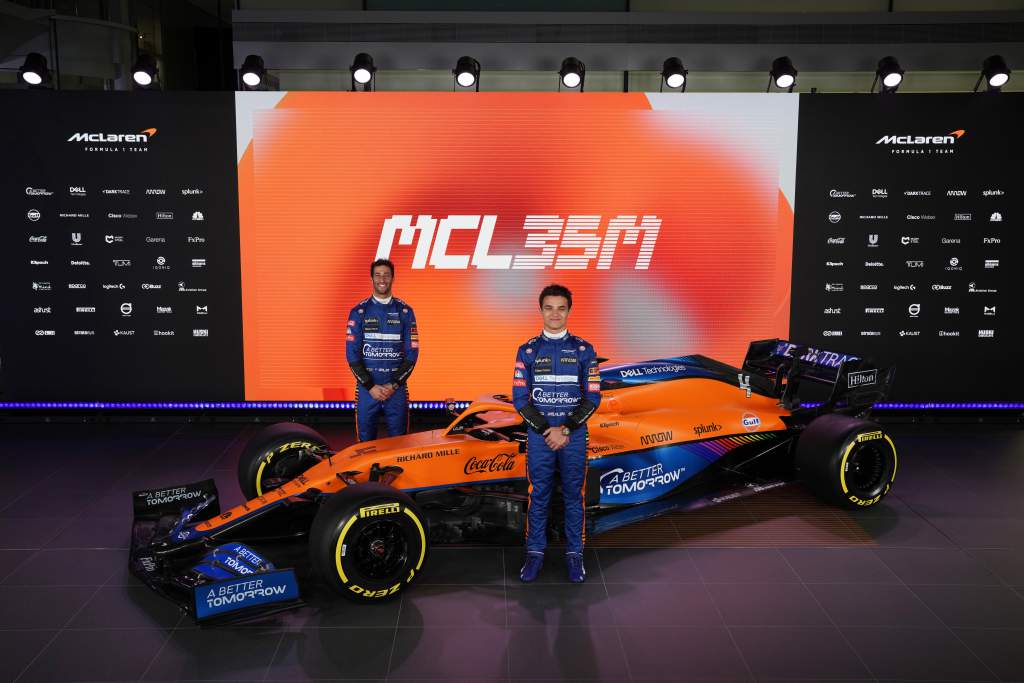Up Next

In McLaren’s unique position of changing engine suppliers in the middle of a Formula 1 chassis freeze is potentially the scope for either controversy or compromise.
If rivals feel there is anything which, under the guise of adaptation to the new power unit, has been changed on the chassis which they themselves have not been permitted, we might expect some objections to be raised.
On the other hand, the change from one type of engine architecture to another, without being able to completely redesign the car around it, may mean the MCL35M is less effective than it might otherwise have been.
Straddling those two points as he’s overseen the creation of the car has been McLaren’s technical director James Key.
The homologated chassis rule – introduced at short-notice last year as a cost-saving measure in the wake of the pandemic’s impact upon F1’s economics – was introduced after McLaren had already made the commitment to switch from Renault to Mercedes power for 2021. Which, as Key says, “Put us in a bit of a spot.”
The architecture of the two power units is quite different, with the Renault utilising a conventional combined turbine/compressor mounted at the back of the engine in contrast to the split turbo concept of the Mercedes, with its front-mounted compressor linked to the rear-mounted turbine by a shaft running between the vee of the engine.

This has profound implications on the routing of the intercooler and the cooling plumbing beneath the car’s bodywork. The ultimate packaging layout for each type of engine will differ considerably and will cascade upon all aspects of the car’s design.
In many cases this will absolutely require changes to the chassis. But where does avoiding compromise end and exploitation for performance (unavailable to the others) start? And can some compromise even be avoided in this situation?
“There have been allowances made [for the change] by the FIA,” concedes Key. “So what we needed to try and do with respect to the homologation process by not changing things that didn’t really need to change…
“But clearly there were measures we needed to do to the homologated parts so that allowed us to change the chassis, which of course has to change with a new engine and energy store – aspects of the gearbox for packaging purposes for example. But after that, it’s all identical to last year.
“The electrical system is completely different, of course. The cooling system that’s going to be largely homologated this year, is totally different [in our case] so fundamentally the architecture of the car is quite different but the homologated areas that we needed to stick to are as unaffected as possible.

“So amongst all the other challenges of trying to get this done, it added an extra dimension which probably led to a slightly suboptimal approach compared to what you do if you’re completely free, but I don’t think it was that much of a compromise.”
Depending upon how exactly Key’s team has resolved these conflicting issues, the MCL35M could be the 2021 equivalent of last year’s Racing Point in terms of controversies as the team. We await to see more technical detail with interest.





